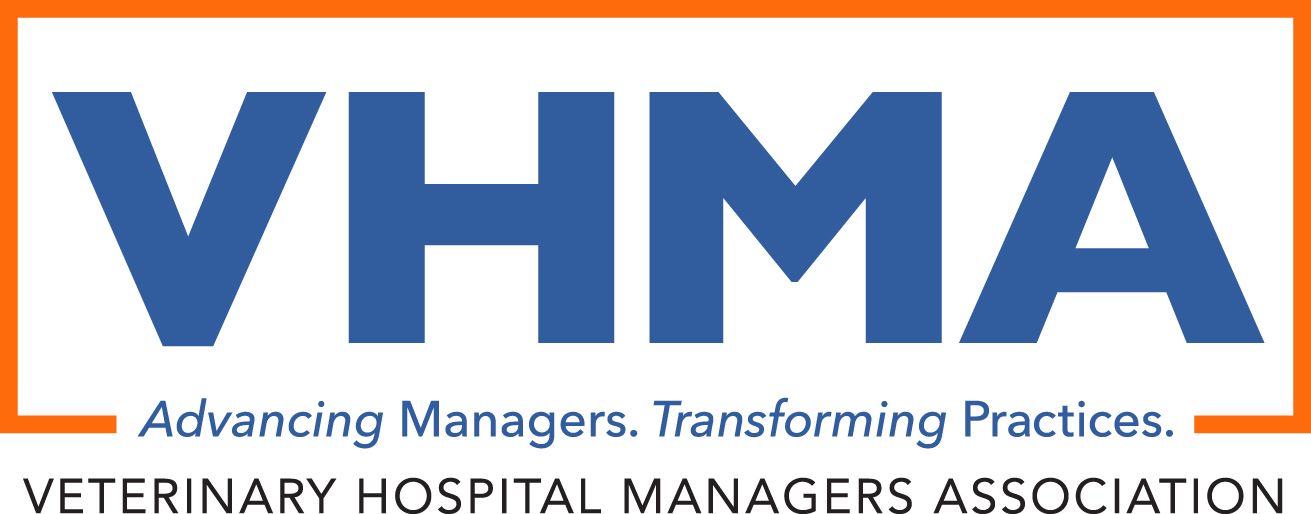
2023 associate veterinarian compensation survey results

The Veterinary Hospital Management Association releases average salary rates from 2023
The Veterinary Hospital Management Association (VHMA) offers its members the Compensation & Benefits Survey Report, conducted biannually. This survey delves into the compensation and benefits offered to veterinary team members and analyzes any factors that influence these aspects. It particularly concentrates on managers, non-DVM staff, and associate veterinarians and was crafted to scrutinize the compensation and benefits for associate (non-owner) veterinarians.
This year’s survey was sent to 4,163 members of both the VHMA and the Veterinary Emergency and Critical Care Society. Out of the distributed surveys, 470 questionnaires were completed, resulting in a response rate of 11.2%. The overwhelming majority of the responses (99%) originated from the United States, while the remaining 1% were from Canada. Results found that full-time associates earned a median annual compensation of $125,000 and worked a median of 1,693 hours annually. Compensation increased by 4%, and annual hours worked decreased by 7.1% from 2021. Part-time associate veterinarians, defined as employees who work less than 1000 hours a year and approximately 20 hours per week, worked a median of 846 annual hours and received a median annual compensation of $97,500. Data from 2021 was not available for part-time associates.1
Data gathered using the Consumer Price Index found that inflation was at an average of 4.1% for 2023. This compares to an average of 4.7% in 2021.2 Cost-of-living factors should be noted when examining compensation increases.
“We have seen an increase in compensation in the last couple of years due to a tight supply of clinical staff. However, we have started to see that loosen up a little bit,” said Christine Shupe, executive director of the VHMA. “I don’t anticipate we will continue to see the dramatic increases we have seen in the last couple of years.”3
Compensation comparisons1
- Full-time associate veterinarians in emergency and specialty practices earned the highest salary of all groups surveyed.
- Associate veterinarians working in exclusively small animal practices reported the lowest annual salary for all full-time groups surveyed.
- Annual compensation generally increased as full-time associates gained experience with the highest earnings reported by those with more than 10 years in practice.
- Part-time associate veterinarians with 1 to 2 years of experience received a higher annual salary than those with more than 10 years of experience.
- Full-time associates with a role in practice management earned 16.6% more than those who did not.
- Part-time associates who held a position in management worked a higher number of hours but earned 21% more in annual compensation.
- Veterinary technician specialists (VTS) with 1 to 2 years of work experience had a median hourly pay rate of $29.60, whereas those with 3 to 5 years reported a rate of $20 per hour.3 (The responses gathered from VTSs were limited in this particular survey.)
Benefits
- Full-time associates working in emergency and specialty practices received the highest median of vacation time with 4 weeks.1
- Full-time associates working at mixed animal and emergency practices received the lowest median vacation time at two weeks.1
- The most common benefit for non-veterinarian staff members was veterinary care discounts— offered by 97% of the surveyed practices, with discounts covering at least half the cost.3
- 45% of practices shared health insurance costs evenly (50-50) with their employees.3
- 47% of practices covered 75% to 100% of the health insurance costs for their staff.3
Relief veterinarians1
A relief veterinarian is a position that temporarily fills in for a veterinarian during vacation, maternity leave, or illness. This role is short-term and is different from a permanent part-time staff member.
- Relief veterinarians working in both exclusively small animal and mixed animal practices reported a median rate of $100 per hour.
- This rate is higher than an associate veterinarian who works in the same practice.
- Relief vets working in exclusively small animal practices received a $86.24 hourly rate.
- Whose working in mixed animal practices reported a $70.92 hourly wage.
“While this data point represents the workforce supply issues that practices have been experiencing, practices do recognize that they must be just as competitive on the retention side as the recruitment side. As a result, practices are carefully revisiting their compensation structures to make sure they are keeping their good, long-term employees,” Shupe stated.
References
- VHMA shares findings from 2023 Associate Veterinarian Compensation & Benefits Survey Report. News release. Veterinary Hospital Management Association. December 18, 2023. Accessed February 27, 2024. https://www.vhma.org/blogs/vhma-admin/2023/12/18/2023-associate-compensation#:~:text=The%20vast%20majority%20of%20the,and%201%25%20were%20from%20Canada.&text=In%202023%2C%20full%2Dtime%20associates,decreased%20by%207.1%25%20from%202021.
- Current US inflation rates: 2000-2024. US Inflation Calculator. Accessed February 27, 2024. https://www.usinflationcalculator.com/inflation/current-inflation-rates/
- Lederhouse C. Survey results show overall salary increases for veterinary staff members. News release. American Veterinary Medical Association. February 26, 2024. Accessed February 27, 2024. https://www.avma.org/news/survey-results-show-overall-salary-increases-veterinary-staff-members?utm_source=delivra&utm_medium=email&utm_campaign=todays-headlines-news
Newsletter
From exam room tips to practice management insights, get trusted veterinary news delivered straight to your inbox—subscribe to dvm360.




